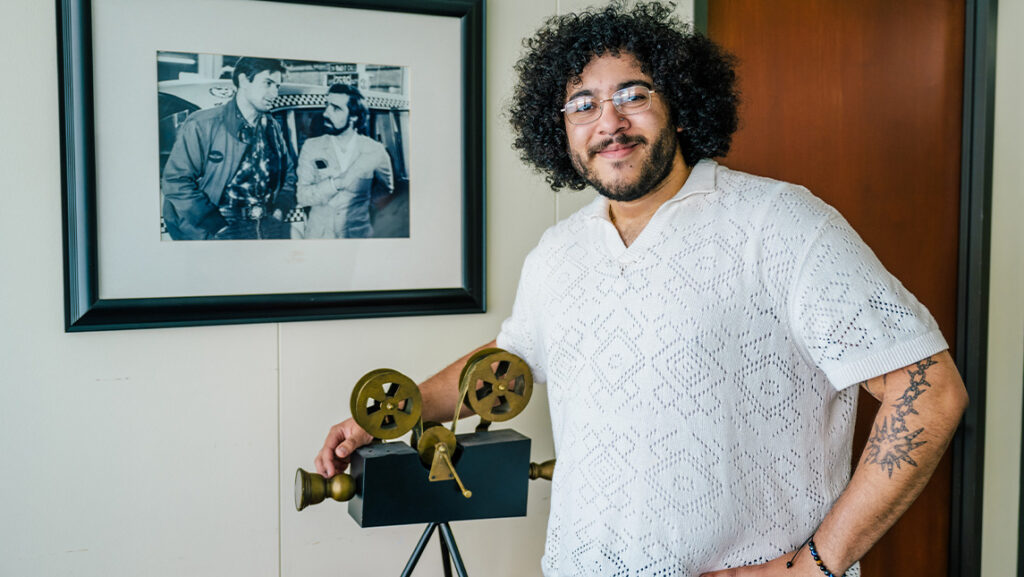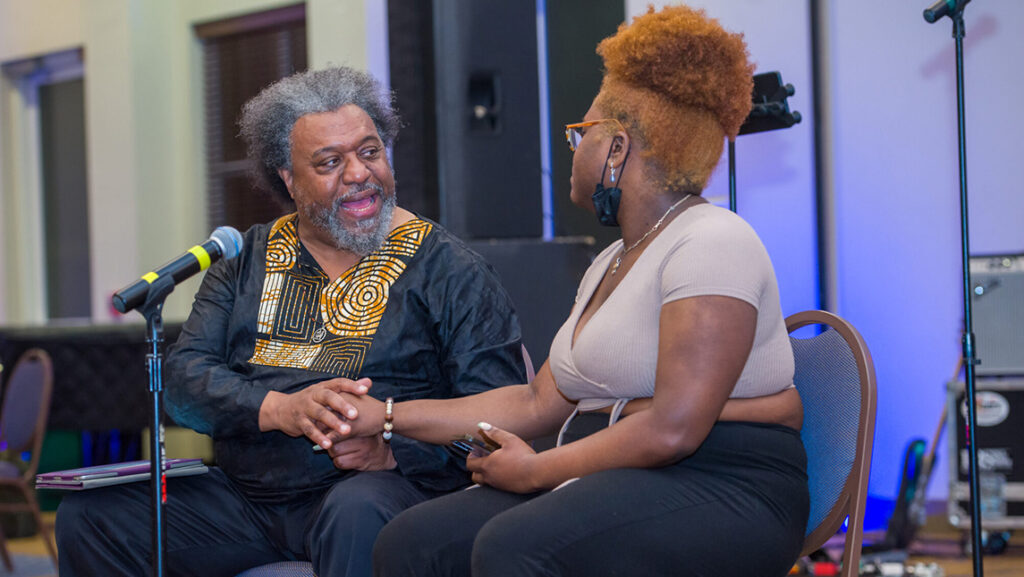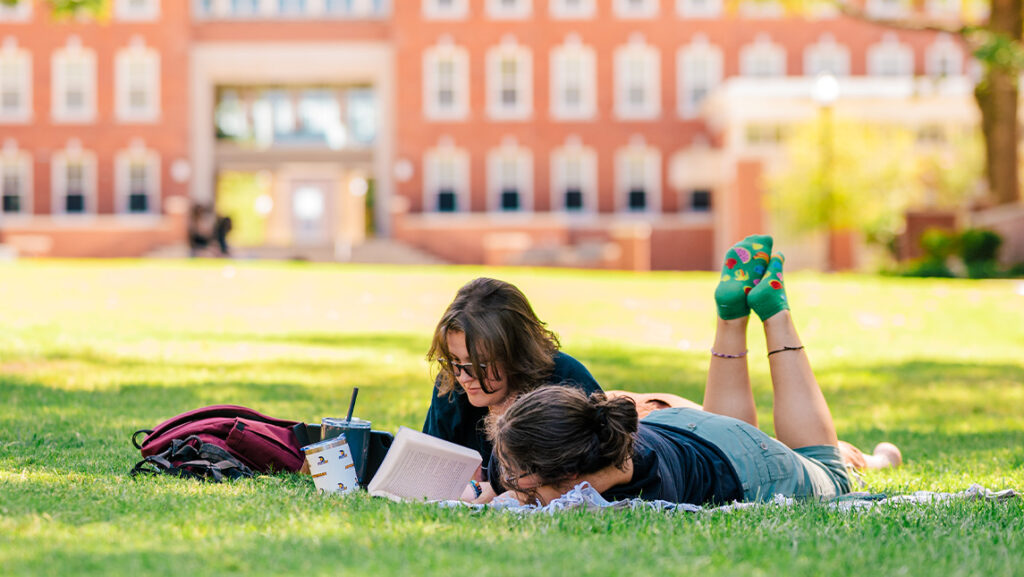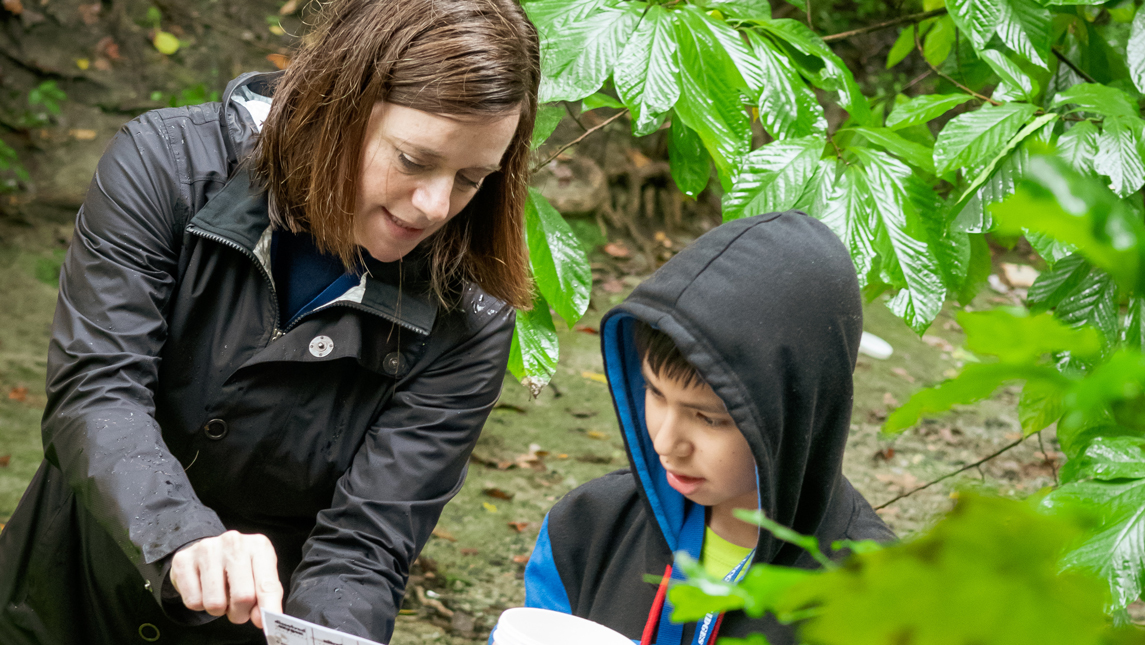
In these unprecedented times, with schools closed for the prevention of coronavirus spread, parents and caretakers worldwide are now teaching their children in their own homes. This task comes with enormous challenges, in working with curriculum to support children’s learning and in maintaining healthy family dynamics in a time of stress.
UNC Greensboro’s Healthy Relationships Initiative created a simple graphic to help guide parents in managing homeschooling, and the School of Education Department of Teacher Education and Higher Education faculty offer guidelines and resources below.
What are some practical tips for having school at home?
“The most important thing is that your children feel loved, cared for, and safe,” says Hooks Distinguished Professor of STEM Education Heidi Carlone. “Give yourself permission to not do this thing perfectly. It’s likely not going to look exactly like what you think school should look like, and that’s okay.
Provide your child with a sense of structure. A schedule helps, but remember that some of the schedules floating around on social media right now may be unrealistic for some families. A schedule does not have to be rigid or devoid of joy and choice. Make up something that works for your family. Your schedule will not look like school, and enforcing a reproduction of a school-like schedule will frustrate teachers, students, and parents. Additionally, expand your definition of ‘meaningful learning.’ Everyday activities like baking, cleaning, building, fixing, painting, and outdoor walks have potential for ‘meaningful learning.’ Also, arrange learning in 30-minute chunks, and take plenty of breaks.
Limiting screen time is likely to be tricky in many households, but try to do so. Children and adults get cranky after too much screen time and, let’s face it, we do not want additional reasons for crankiness. So, expect boredom. From boredom, imagination can bloom. This is uncharted territory for many youth. Remember that you do not have to entertain your children; provide them opportunities to be bored and to invent ways to entertain themselves.
Infuse technology in intentional ways. What are some ways to do this?
- Access information to figure something out (how to make a recipe, how to embroider my jeans, why are there so many birds in our yard right now?)
- Make connections to others (Zoom conference with friends and family, ask a scientist, (or another scientist), or ask a question of an author)
- Get feedback from others about one’s work (send a piece of writing to a family member)
- Create with technology (digital storytelling with tools like book creator; voicethread; comic strip creator)
- Engage in citizen science activities, where you collect data and send it to scientists (CoCoRaHS: community collaborative rain, hail, and snow network; School of Ants; Cornell Lab’s Citizen Science Projects about birds.)
Remember that it doesn’t have to be all academic! Watch movies, learn a craft, listen to music, play games, go outside. Make time to engage in activities that feel grounded and joyful for your children and for you. What does your child want to learn? Build from their interests. Let them create a list of things that they want to learn and pursue those. If they are having trouble coming up with ideas, start slow. Build a list over time, starting with observations. What do you notice on the nature walk? While baking cookies? When your skin gets dry after repeatedly washing your hands? Everyday observations lead to meaningful and investigable questions.
Individualize learning experiences. In our National Science Foundation funded project, BRIDGES (Broadening identities for diverse youth engaging in STEM), we provide learning experiences for different modes of engagement ‒ tinkering, designing, investigating, inventing, being a conservationist or altruist. So, you could take one central problem and tackle it from different modes of engagement. For example, a question about the types of birds that visit our bird feeder can be addressed with an investigator lens (identify the species, provide counts; systematic data collection) or an inventor/designer lens (can you design a bird feeder that will attract a wider range of species?)
Encourage youth to interact with their own spaces and their own lives ‒ kitchen gadgets, cooking, toys, gardening, washing, construction). Since I’m a science educator, I’ll stress here that you can do internet searches that include the ‘science of [everyday activity]’ and find a lot of information here.
Good teaching isn’t about transmitting knowledge. It’s about giving youth opportunity to make observations, find patterns, ask questions, come up with possible solutions to problems, critically evaluate two sides of an argument, generate a piece of writing that persuades others or create a piece of art that reflects one’s mood.”
Do you have any tips for schooling children of different ages simultaneously?
“Find a project (or topic) everyone can get involved with such as researching a place, animal, person, history event, science topic, etc. Everyone works together and contributes what they can,” says Associate Professor of Literacy Education Melody Zoch.
“And taking time to preview the resources and understand them is very beneficial. Get to know what’s out there. There is a good resource list here.”
How can parents work with educators in this situation and what outcomes are important?
“Parents should consider what their child’s teachers are asking of them and try to cooperate but also be mindful that what teachers are being asked to do is way outside of what they’ve had to do before and they are also probably juggling their own crazy situations at home. In other words, don’t be too judgmental and it’s a good time to ease up. Everyone is uncertain and we just have to keep doing what we can, knowing it won’t be perfect.”
How can parents help kids understand what is going on?
“This social story about coronavirus may be helpful for pre-school age children,” notes Carlone. “Here’s a link to a podcast that is a helpful resource that explains coronavirus to kids, along with the science of soap. Here’s a link to a good comic that explains coronavirus.”
Could you give us some subject-specific tips and resources?
“Information overload is real, and more resources are being added rapidly. It’s time-consuming to sift through all of them, but I do have a few favorites.”
Resources for Science
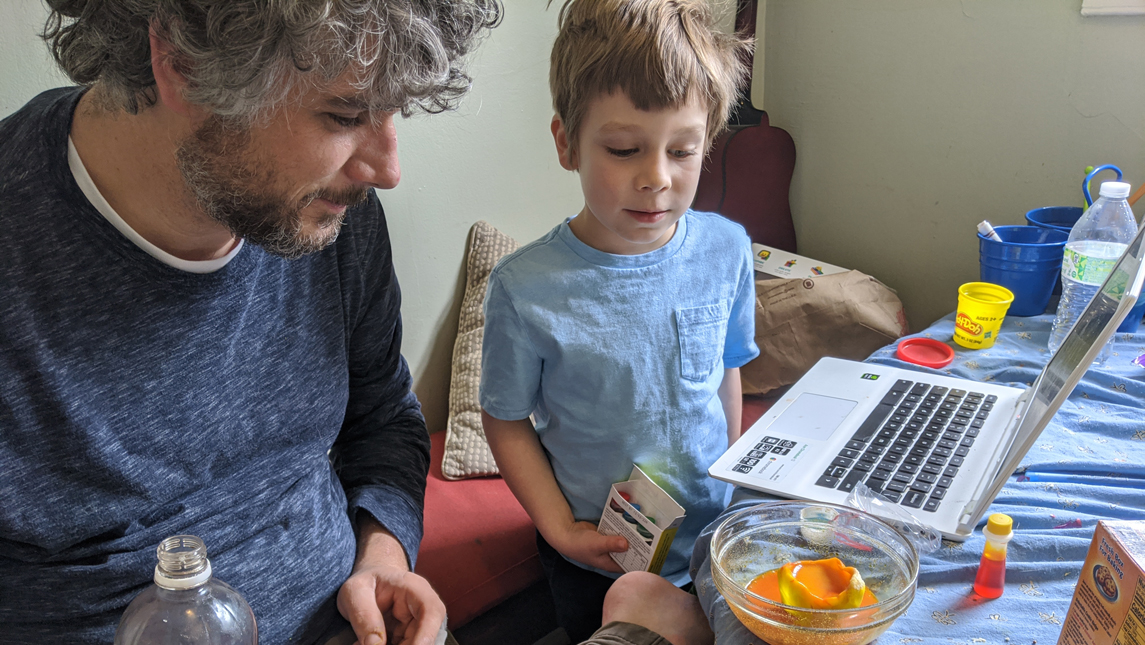
“In science, we use a thinking routine that includes the following two questions: ‘What do you notice? What do you wonder?’ Then, you can prompt youth to come up with possible explanations for their questions and/or ways that they might answer those questions. This way, they are invested in their own learning and motivated to answer their own questions. You could easily do something like this with nature walks, mechanical toys, kitchen gadgets, or an interesting, interactive website like this one.
Some museums and zoos are providing good online resources such as video series, hands-on activities, and other creative activities, such as those of the New York Hall of Science.
There’s also The Exploratorium’s tools for teaching and learning.
The Council of State Supervisors learning menu for K-12 learners has lots of great activities here that are inquiry-based, situated in everyday phenomena, and do not require a lot of resources or extra materials.
The Cornell Lab of Ornithology (K-12 resources here): Activities that help connect kids to nature, organized by science theme, and have lessons and activities for grade level clusters.
Mystery Science includes many science “mysteries” and activities that can help youth solve the mysteries. These activities are inquiry-based and engage youths’ curiosities. They recently made their lessons available for free through June, with resources available in Spanish and English. Many of these resources require parent help, but they are currently working on an app that children can use on their own.
The National Science Teachers Association has interactive eBooks available for free right now on all sorts of subjects and for K-12 grade levels.
The Phenomena for NGSS: Virtual Science Education has some elementary, middle, and high school lessons that are excellent models for hands-on investigations that provide robust opportunities for observation, question-asking, and youth-centered explanations.
The BSCS Science Learning has an Educator Resource Center that provides online resources for free right now ‒ primarily middle school resources ‒ that are research-based and innovative.
Resources for Social Studies
“In social studies, you might ask youth for two different news stories on a current event. Which one is more compelling? Why? What evidence do both articles use?
There is a compilation of literacy, social studies, and science online resources that accompany the book ‘Read the World: Rethinking literacy for empathy and action in a digital age.’ You do not have to buy the book to make sense of the resources ‒ the free online resources are excellent on their own.
Lots of other educational sites are currently free too, such as Scholastic and Newsela.”
Resources for Literacy
Scribd is offering free access to ebooks for 30 days.
Your local library, if you have a library card, provides you with access to free audiobooks, movies, and ebooks. Download the app called Libby.
Kate Messner, a former classroom teacher and children’s author, has a website with a growing collection of resources, including read-alouds and mini-lessons.”
Resources for Writing
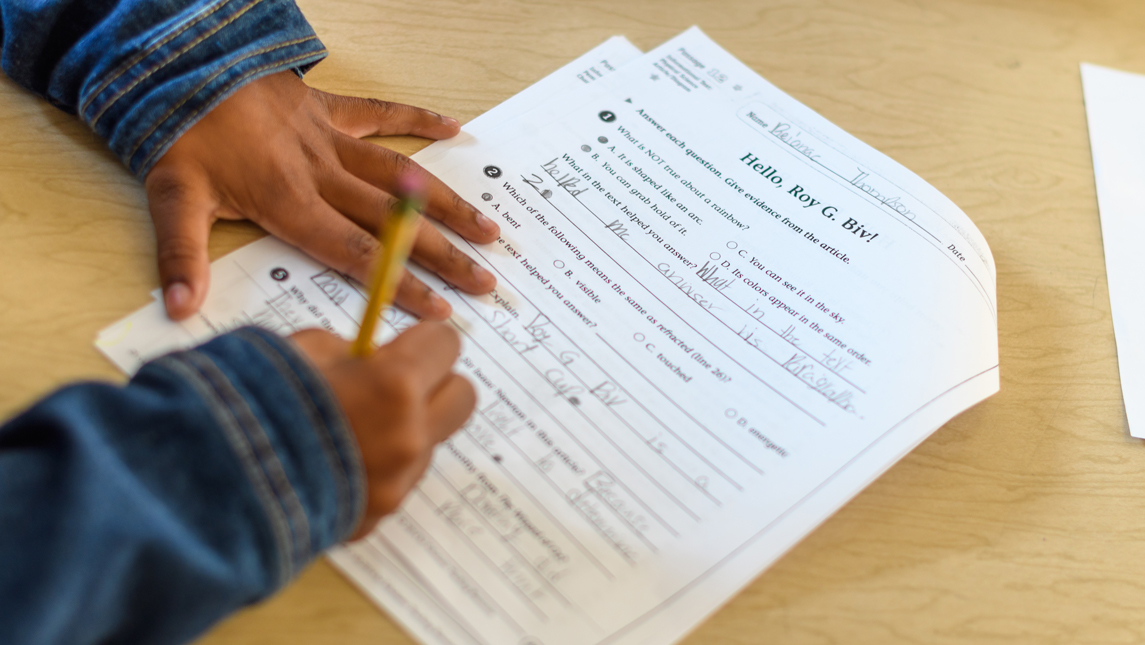
“When teaching writing, it is common practice to have youth consider their audience and purpose. The more authentic the audience and compelling the purpose, the more motivated youth will be to produce text,” says Carlone.
Dr. Amy Vetter, who directs the UNCG Summer Writing Camp, offers the following tips and resources for teaching writing:
“Kids can document their time at home by taking or drawing a picture and writing a caption about it. It might be nice to have them document something they learned each day.
Mo Willems, a children’s book author and illustrator, is offering drawing lessons for kids every day at lunch. Not only is this a great lesson for drawing, but also for storytelling. My 6-year old drew six drawings. We stapled them together and then I helped her write out a story (K-3).
Storybird is another great resource for telling stories with pictures. This is good for kids who can write on their own, but need some inspiration from pictures to help them tell their stories (Grades 3-6).
The New York Times has thousands of writing prompts for older kids (Grades 7-12).”
Carlone adds: “Kids Ask Authors: A podcast/website where kids can submit questions to authors, submit a book review, a poem, or a joke. And for the makers in your life, there’s Three Weeks of Makerstations.“
Resources for Math
Associate Professor Holt Wilson has helped build The North Carolina Collaborative for Mathematics Learning (NC2ML) Project a research-practice partnership that includes the North Carolina Department of Public Instruction, universities, and school districts across the state of North Carolina. Through this partnership, teachers, district and state leaders, mathematicians, and researchers work together to support mathematics education in North Carolina. Wilson also recommends the following sites:
Desmos Global Math Art Contest (For ages 13-18)
The Math Forum, which Wilson says helps parents to adopt the “notice and wonder” framework.
Interview by Susan Kirby-Smith, University Communications
Photography by Martin W. Kane and Susan Kirby-Smith, University Communications
